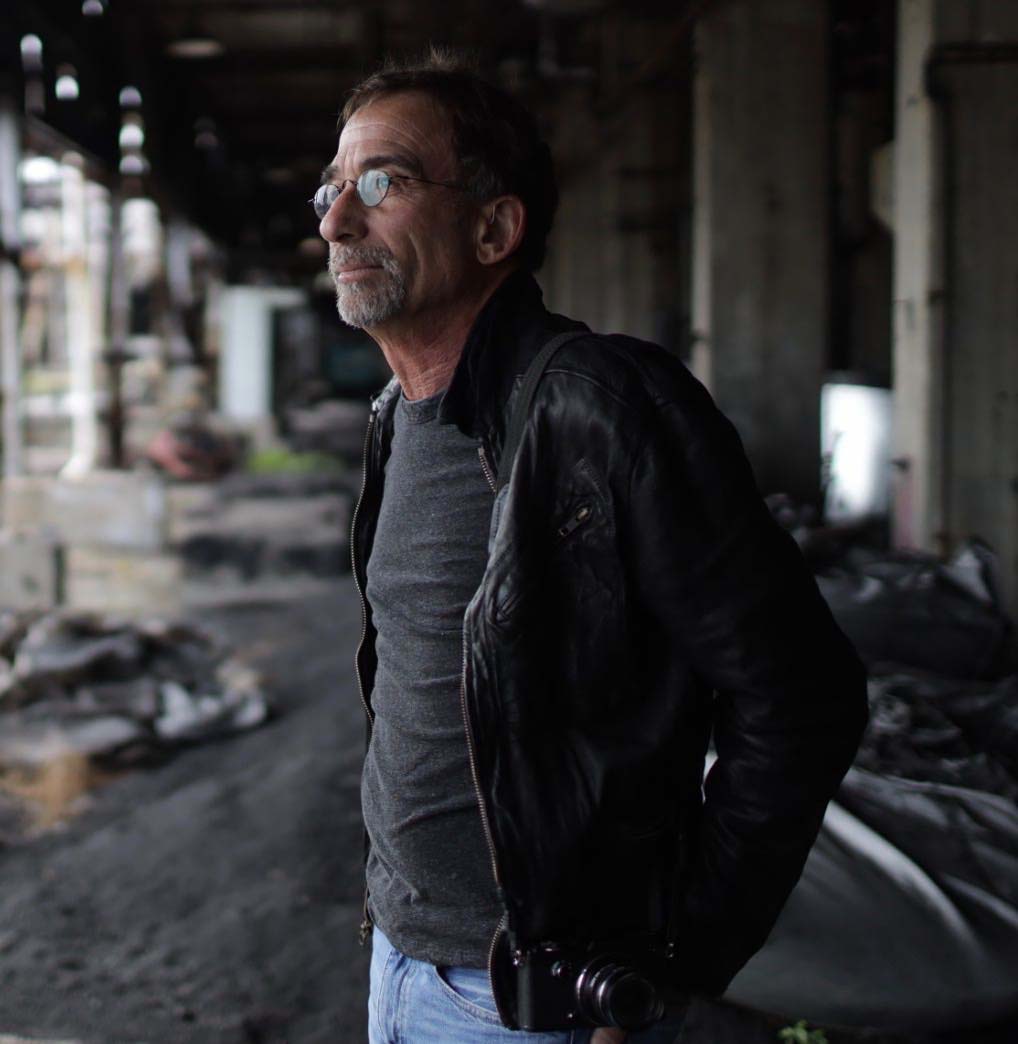After attending The American University for photojournalism, Hayman's first photography assignment was to photograph Nixon and Brezhnev at the 1973 Washington Summit in the White House Rose Garden. Disenchanted with the paparazzi-like frenzy, Hayman went on to study film at the University of California, Santa Barbara, and post-graduate work at New York University, though his photojournalistic roots still inform his practice today.
Both his photojournalism and film education led him to travel around the world. He notably traveled to Central America, working for the UN's disaster relief efforts after the 1976 earthquake in Guatemala. This led to several series of photographic work in the region.
In the 1980s, Hayman began shooting various independent films in New York City, gaining recognition as the cinematographer for An Autumn's Tale, starring Chow Yun-Fat, which swept the Hong Kong Film Awards in 1987. This led to several years of Hayman working as a cinematographer in China, Japan, and more series of photographic work documenting Asia in the 1980s.
As indie film production in New York City began to end in 1989, he moved to Los Angeles, where he went on to direct and produce multiple television shows and films. Since then, he has directed numerous pilots, including Dangerous Minds and Drop Dead Diva, as well as episodes of The Sopranos, ER, Law & Order, House, Desperate Housewives, and others. Hayman has also worked as an executive producer, most notably on Ugly Betty, which led to winning a Golden Globe Award. He has also been nominated for two Emmy Awards, and a Director's Guild Award.
Read the Exclusive Interview